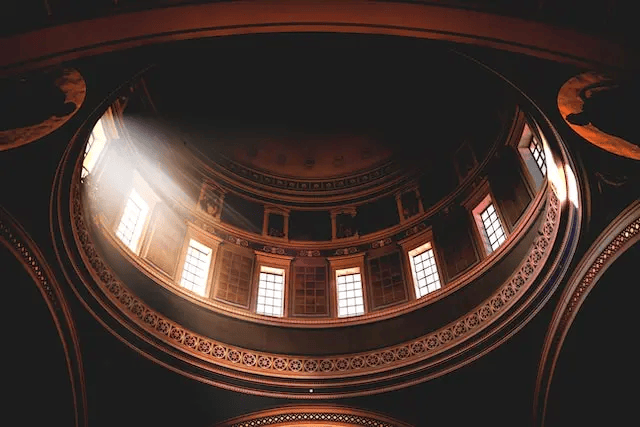Introduction
In the tapestry of architectural history, the Ottonian period stands out as a time of remarkable innovation and cultural flourishing. Situated between the Carolingian and Romanesque eras, Ottonian architecture encapsulates a distinctive blend of Roman, Carolingian, and Byzantine influences, characterized by its grandeur, symmetry, and intricate detailing. One of the defining features of Ottonian architecture is the arcade, an architectural element that played a pivotal role in shaping the aesthetic and structural composition of buildings during this period.
Understanding the Arcade in Ottonian Architecture
1. Origins and Evolution
The arcade, derived from the Latin word “arcus” meaning arch, served as a fundamental architectural component in Ottonian buildings. Its origins can be traced back to ancient Roman architecture, where it was utilized in aqueducts, bridges, and monumental structures. However, in Ottonian architecture, the arcade underwent a transformation, evolving from a purely functional element to a symbol of power, prestige, and divine authority.
2. Architectural Characteristics
The arcade in Ottonian architecture is characterized by a series of arches supported by columns or piers. These arches, typically semicircular in shape, create a sense of rhythm, proportion, and harmony within the architectural composition. The arcade is often integrated into the design of basilicas, palaces, and cathedrals, serving as both a decorative embellishment and a structural support system.
3. Symbolism and Significance
Beyond its architectural function, the arcade in Ottonian architecture carried symbolic meaning, reflecting the spiritual and political ideals of the time. As a prominent feature in church architecture, the arcade served as a visual representation of the divine order, with its arches symbolizing the heavenly realm and the columns representing the earthly realm. Moreover, the arcade was often used to delineate sacred spaces within churches, such as the nave and the aisles, reinforcing the hierarchical organization of the church interior.
4. Examples of Notable Arcades
-
St. Michael’s Church, Hildesheim:
- The westwork of St. Michael’s Church in Hildesheim, Germany, exemplifies the intricate arcade design characteristic of Ottonian architecture. The facade features a triple-arched arcade supported by robust columns, creating a sense of verticality and grandeur.
-
Abbey of Lorsch:
- Another notable example of Ottonian arcade design can be found at the Abbey of Lorsch in Germany. The cloister of the abbey boasts a double-arcade structure with intricately carved capitals, showcasing the craftsmanship and attention to detail typical of the period.
5. Influence and Legacy
The arcade in Ottonian architecture left a lasting legacy that endured beyond the medieval period. Its influence can be seen in subsequent architectural styles, including Romanesque and Gothic architecture, where the use of arcades continued to evolve and proliferate. The aesthetic principles and spatial organization employed in Ottonian arcades laid the groundwork for future architectural innovations, shaping the built environment for centuries to come.
Conclusion
In conclusion, the arcade holds a central place in the architectural landscape of Ottonian Germany, serving as a symbol of divine order, political authority, and artistic achievement. Through its distinctive design and rich symbolism, the arcade exemplifies the ingenuity and creativity of the architects and artisans who contributed to the cultural legacy of the Ottonian era. As we continue to study and appreciate the architectural wonders of this period, the arcade stands as a testament to the enduring power of human imagination and innovation.




